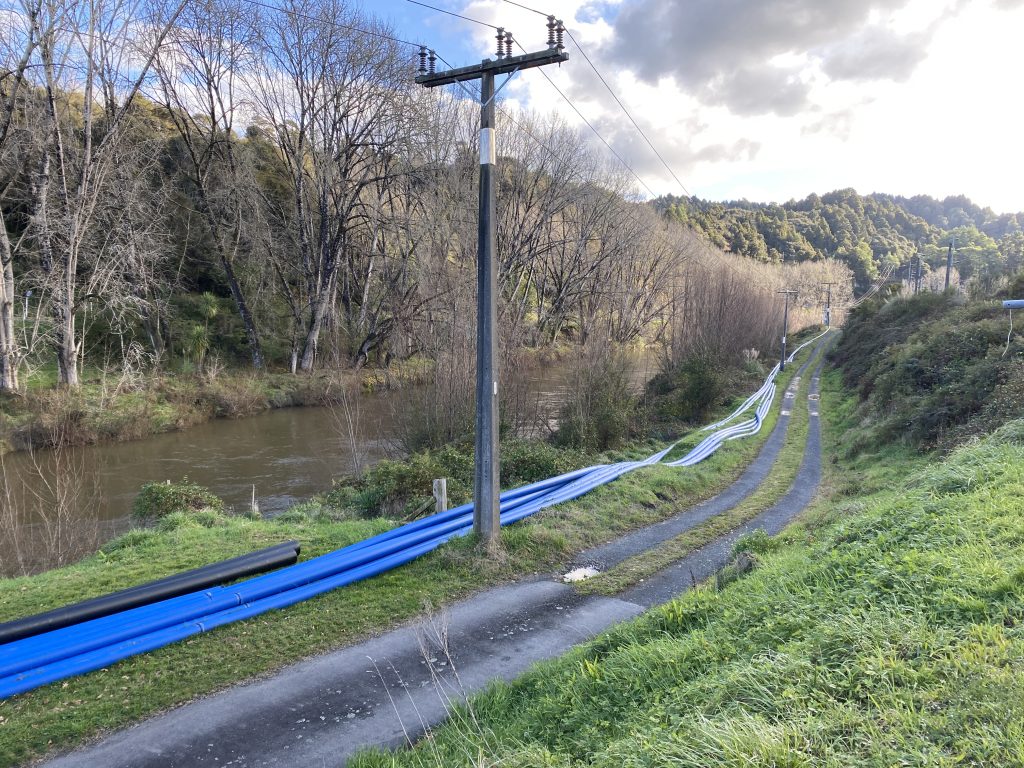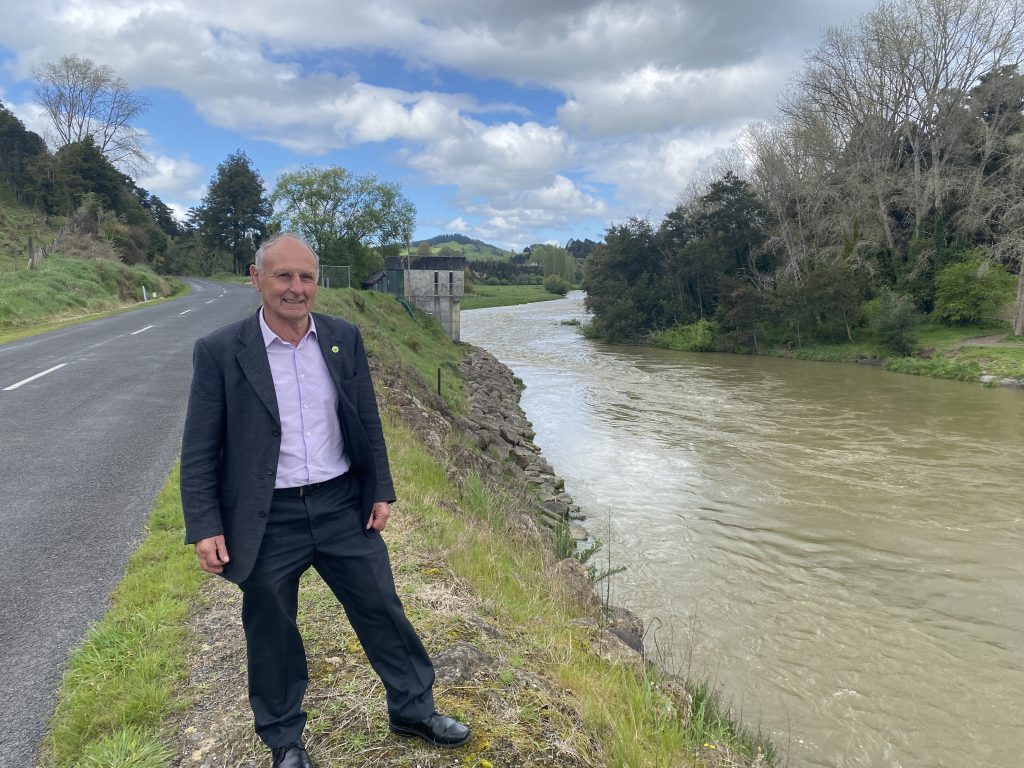
By Moana Ellis, Local Democracy Reporting
Ruapehu District Council is opening public feedback on a supergroup proposal to achieve a bigger, better water services deal.
The council is about to launch a two-week community engagement period on a potential new direction for drinking water, wastewater and storm water services that could bring savings and greater long-term security for ratepayers.
After consulting in March on a three-council water services model with Rangitīkei and Whanganui district councils, Ruapehu is now considering a “potentially more beneficial” partnership with up to five councils, including Palmerston North and Horowhenua.
Mayor Weston Kirton said since consulting with their communities on options for future water services, councils in the central districts were reassessing their positions following updated guidance from the Commerce Commission and the Local Government Funding Agency (LGFA).
“These developments have opened new doors for Ruapehu to explore more beneficial partnership options,” Kirton said.
“In addition to the three-council WS-CCO we now have a much larger four or five-council WS-CCO under consideration, which we believe provides Ruapehu with greater benefits.”
Kirton said this could bring improved economies of scale and lower costs.
‘This could result in significantly better outcomes for Ruapehu water users – an opportunity we can’t afford to ignore.’
The expanded model would exceed the key threshold of 50,000 water connections, unlocking improved funding arrangements through the Local Government Funding Agency.
“The LGFA has made it clear that water entities with more than 50,000 connections are in a stronger financial position and better able to keep water costs down for users,” Kirton said.
“Combined with the efficiencies of scale in a larger WS-CCO, this could result in significantly better outcomes for Ruapehu water users – an opportunity we can’t afford to ignore.”
Because the proposal differs from what was originally consulted on, the council is opening a community engagement period from 28 May to 11 June, ahead of a final council decision on 25 June.
Kirton said it was important to give the community a chance to have a say on this larger option, as it involved new partner councils and offered new benefits that weren’t available when the council consulted in March on the three-council model.

“While this new model differs from the previous proposal, it reflects our commitment to seizing better opportunities that deliver greater long-term benefits for our communities,” Kirton said.
“Our goal has always been to identify a model that involves the largest viable grouping of councils, delivers the greatest economies of scale and results in the lowest possible long-term costs for Ruapehu water users.”
The supergroup model had the potential to meet all three objectives more effectively, he said.
The council is also keeping the door open to a possible alignment with the proposed Waikato WS-CCO, should the central North Island grouping fall through.
The Waikato grouping is currently made up of Hauraki, Matamata-Piako, Ōtorohonga, South Waikato, Taupō, Waipā, and Waitomo district councils.
“It should be noted that while these WS-CCO model present alternative options, they are still subject to change depending on the final positions of the councils involved,” Kirton said.
At a meeting on Thursday, Rangitīkei District Council unanimously resolved to progress “newly ignited conversations” with Palmerston North City Council and Horowhenua District Council.
A decision in Whanganui was deferred last week to an extraordinary council meeting in early July. Mayor Andrew Tripe said the three-council model was the council’s preference, and “greater scale” required further investigation.
Awa FM – Te Reo Irirangi o Whanganui
For more of our people, our stories, our way, click News or follow us on Facebook.
